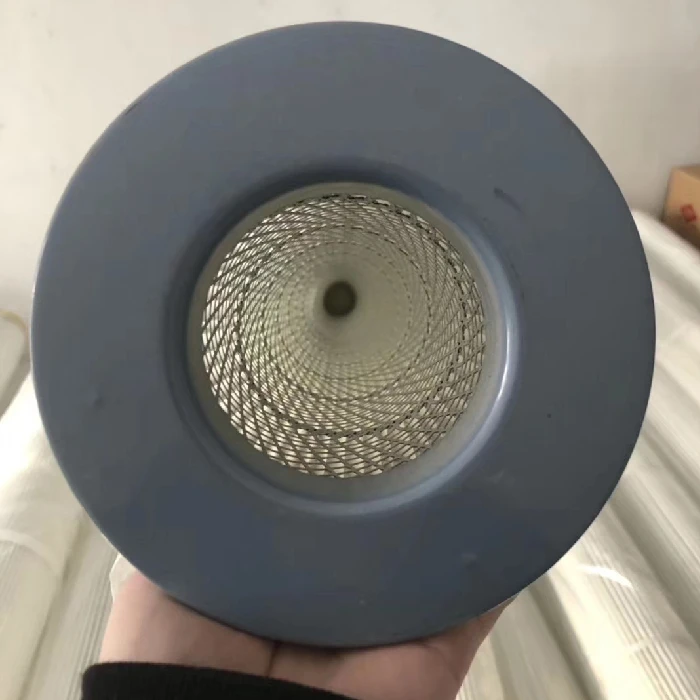Nov . 12, 2024 16:56 Back to list
sandblast etching
Sandblast Etching A Unique Art Form
Sandblast etching, also known as sandblasting or sand carving, is a remarkable technique used to create intricate designs and patterns on various materials, particularly glass, stone, and metal. This method employs high-pressure air to propel abrasive particles, typically sand, at high velocities against the surface of the material being etched. The result is a beautifully detailed image or texture, adding character and uniqueness to everyday items.
The Process of Sandblast Etching
The sandblast etching process begins with the selection of the material to be etched. Glass is a popular choice due to its smooth surface and ability to refract light, which enhances the final appearance of the etched design. Once the material is chosen, the artist creates a stencil or template that outlines the design. This stencil is often made from a durable material like vinyl or rubber to withstand the sandblasting process.
Once the stencil is prepared, it is applied to the surface of the glass or other material. The sandblasting machine, equipped with an air compressor and a nozzle, is then used to blast the abrasive particles onto the designated areas. The high-velocity sand effectively removes the surface material, creating a frosted or textured appearance, while the areas covered by the stencil remain untouched. The intensity and duration of the blasting can be adjusted to achieve various depths and effects, allowing for a broad range of artistic expression.
Applications of Sandblast Etching
sandblast etching

Sandblast etching is used in various applications, spanning both artistic and functional realms. In the world of art, artists use this technique to create stunning glass sculptures, decorative vases, and custom awards. Each piece often tells a unique story, capturing emotions and perspectives that can resonate with viewers. Personalization is another significant aspect of sandblast etching; it is commonly used for creating custom gifts, memorial plaques, and commemorative items where names, dates, or special messages are etched onto the surface. This adds a personal touch, making these items even more special.
Beyond art and personalization, sandblast etching finds utility in architecture and interior design. It can be applied to windows, sliding doors, and partitions to create stunning visual effects while still allowing light to pass through. Etched designs can range from simple patterns to elaborate landscapes, making it a versatile choice for both residential and commercial spaces.
The Intricate Details
One of the hallmarks of sandblast etching is the level of detail that can be achieved. Unlike traditional engraving, which may be more limited in its precision, sandblasting allows for a variety of textures, from soft frosted finishes to sharp, defined lines. The ability to create gradients and shaded areas adds depth to the artwork that is often unmatched by other methods.
Conclusion
Sandblast etching is not just a technique; it is a thrilling fusion of technology and artistry. As it continues to gain popularity, more artists and creators are exploring the possibilities of this dynamic medium. Whether for functional items or purely artistic expression, sandblast etching holds a prominent place in the world of design, enchanting all who encounter its unique charm. With endless possibilities for creativity and customization, this technique is set to inspire generations of artists and enthusiasts alike.
-
Safety and Style with Premium Laminated Glass Solutions
NewsJun.24,2025
-
Reinvents Security with Premium Wired Glass
NewsJun.24,2025
-
Premium Float Glass Line for Modern Architecture
NewsJun.24,2025
-
Low Emissivity Glass for Energy-Efficient Architecture
NewsJun.24,2025
-
High-Performance Insulated Glass Solutions for Modern Architecture
NewsJun.24,2025
-
Elevates Interior Style with Premium Silver Mirror
NewsJun.24,2025
Related PRODUCTS














